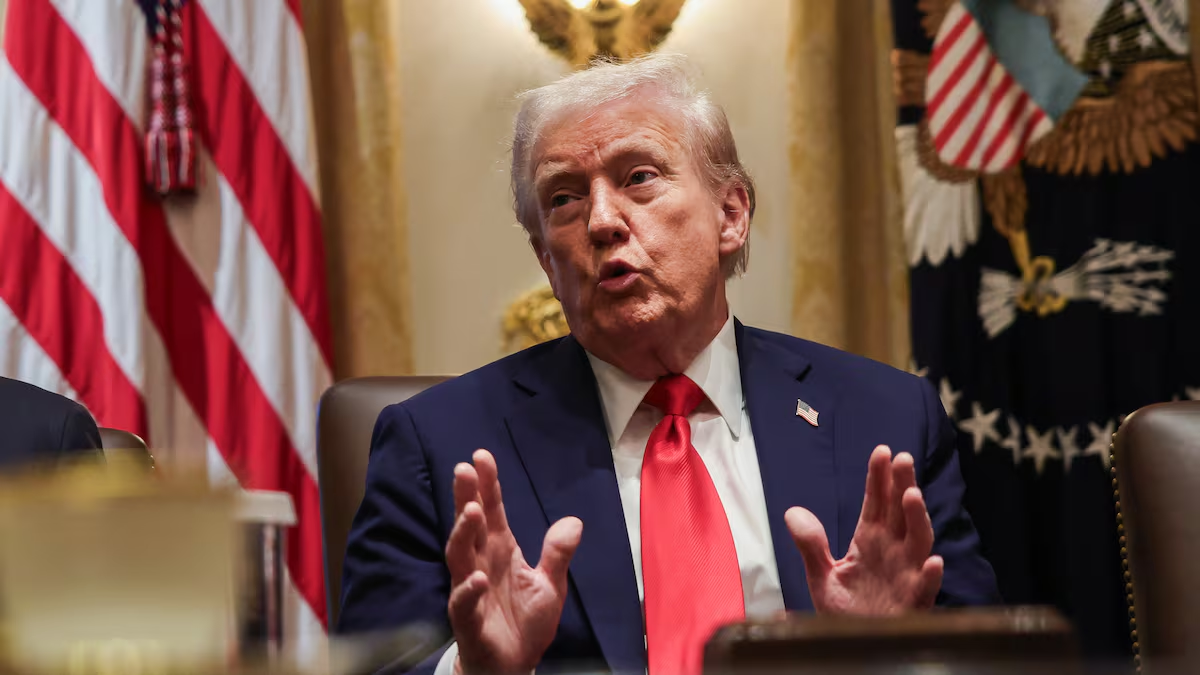Senior adviser to President Donald Trump, Kari Lake, has announced a significant reduction in staffing at Voice of America (VOA) and its affiliated networks, cutting the workforce from approximately 1,300 employees to just 81. The move aligns with a March executive order directing the agency to be downsized to its statutory minimum staffing levels.
According to the plan presented to Congress, each foreign language service for Afghanistan, China, and Iran would be operated by two individuals, while VOA’s core team would retain 11 employees. The Cuba-facing broadcasting service would keep 33 staff members.
This restructuring is currently under legal scrutiny in federal court. Initial layoffs have begun, affecting permanent employees who have been on paid leave since March. Additionally, around 500 contractors had their positions terminated by the end of May.
Former VOA and U.S. Agency for Global Media (USAGM) officials have raised concerns about the agency’s ability to fulfill its mission with such a reduced staff. They warn that the move could hinder the delivery of reliable and objective news to global audiences, especially in regions with limited press freedom.
Journalists and employees of VOA have voiced concern over the implications of these cuts for U.S. influence in international media landscapes. A coalition of staff, contractors, unions, and press rights advocates has filed a lawsuit challenging the actions of the current administration.
Meanwhile, the U.S. Court of Appeals for the District of Columbia has allowed the restructuring to proceed, while requiring the agency to meet minimum legal obligations. The agency must also ensure timely disbursement of congressional funds to other international broadcasting networks under its purview.
Other measures taken by the agency include the cancellation of contracts with international news services, the termination of property leases, and the removal of satellite agreements, which have impacted services such as a 24/7 Russian-language TV channel. However, some programming continues through digital platforms.



